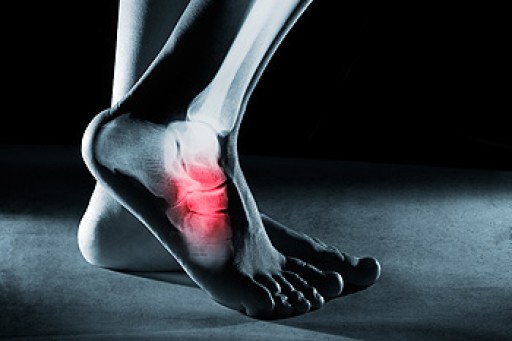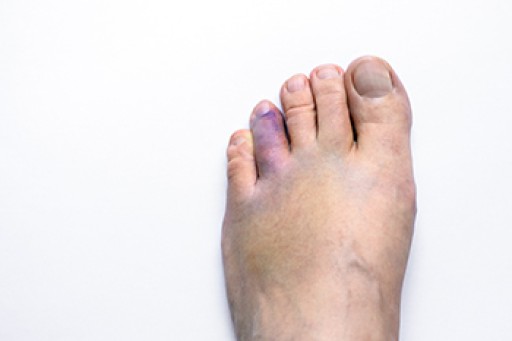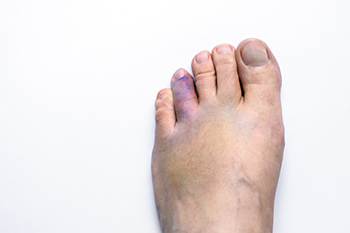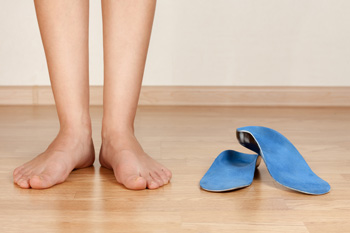
Plantar fasciitis, a common cause of heel pain, can be effectively managed through both foot orthotics and non-surgical treatments. Non-surgical options include performing specific stretching exercises which may help to strengthen the foot. These methods aim to alleviate symptoms and promote healing by addressing tightness in the calf muscles and reducing stress on the plantar fascia. Foot orthotics provide additional support and cushioning, redistributing pressure away from the affected area and correcting foot mechanics that contribute to the condition. Custom orthotics are tailored to individual foot anatomy, offering precise alignment and comfort. While non-surgical treatments focus on reducing symptoms, orthotics offer ongoing support to prevent recurrence and aid in long-term recovery. Combining both approaches may yield optimal results, addressing pain relief and addressing underlying biomechanical issues that contribute to plantar fasciitis. If you have developed plantar fasciitis, it is suggested that you are under the care of a podiatrist who can determine what the best course of treatment is for you.
If you are experiencing discomfort in your feet and would like to try custom orthotics, contact one of our podiatrists from Biebel & DeCotiis Podiatry Associates. Our doctors can provide the care you need to keep you pain-free and on your feet.
What Are Custom Orthotics?
Custom orthotics are inserts you can place into your shoes to help with a variety of foot problems such as flat feet or foot pain. Orthotics provide relief and comfort for minor foot and heel pain.
Over-the-Counter Inserts
Shoe inserts come in a wide variety and are used to treat foot pain, heel pain, and minor problems. For example, arch supports can be inserted into your shoes to help correct overarched or flat feet, while gel insoles are often used because they provide comfort and relief from foot and heel pain by alleviating pressure.
Prescription Orthotics
If over-the-counter inserts don’t work for you or if you have a more severe foot concern, it is possible to have your podiatrist prescribe custom orthotics. These high-quality, custom inserts are designed to treat problems such as abnormal motion, plantar fasciitis, and severe forms of heel pain. They can even be used to help patients suffering from diabetes by treating foot ulcers and painful calluses and are usually molded to your feet individually, which allows them to provide full support and comfort.
If you're experiencing minor to severe foot or heel pain, it’s recommended to speak with your podiatrist about the possibility of using custom orthotics or shoe inserts. A podiatrist can determine which type of custom orthotic or shoe insert is right for you and help you take the first steps toward being pain-free.
If you have any questions please contact one of our offices located in Holmdel and Middletown, NJ . We offer the newest diagnostic and treatment technologies for all your foot and ankle needs.
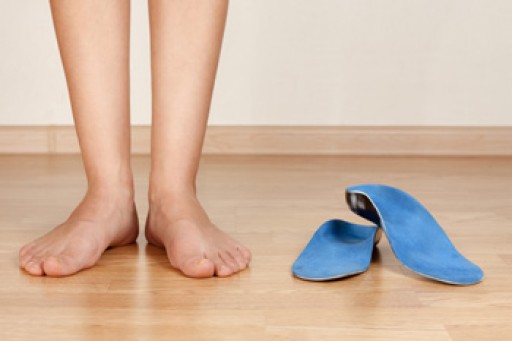
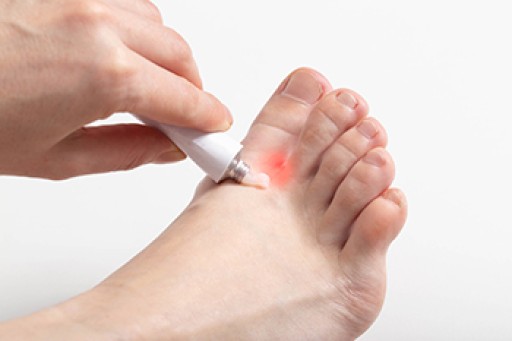
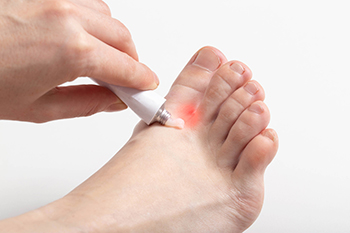 Athlete's foot,
Athlete's foot,